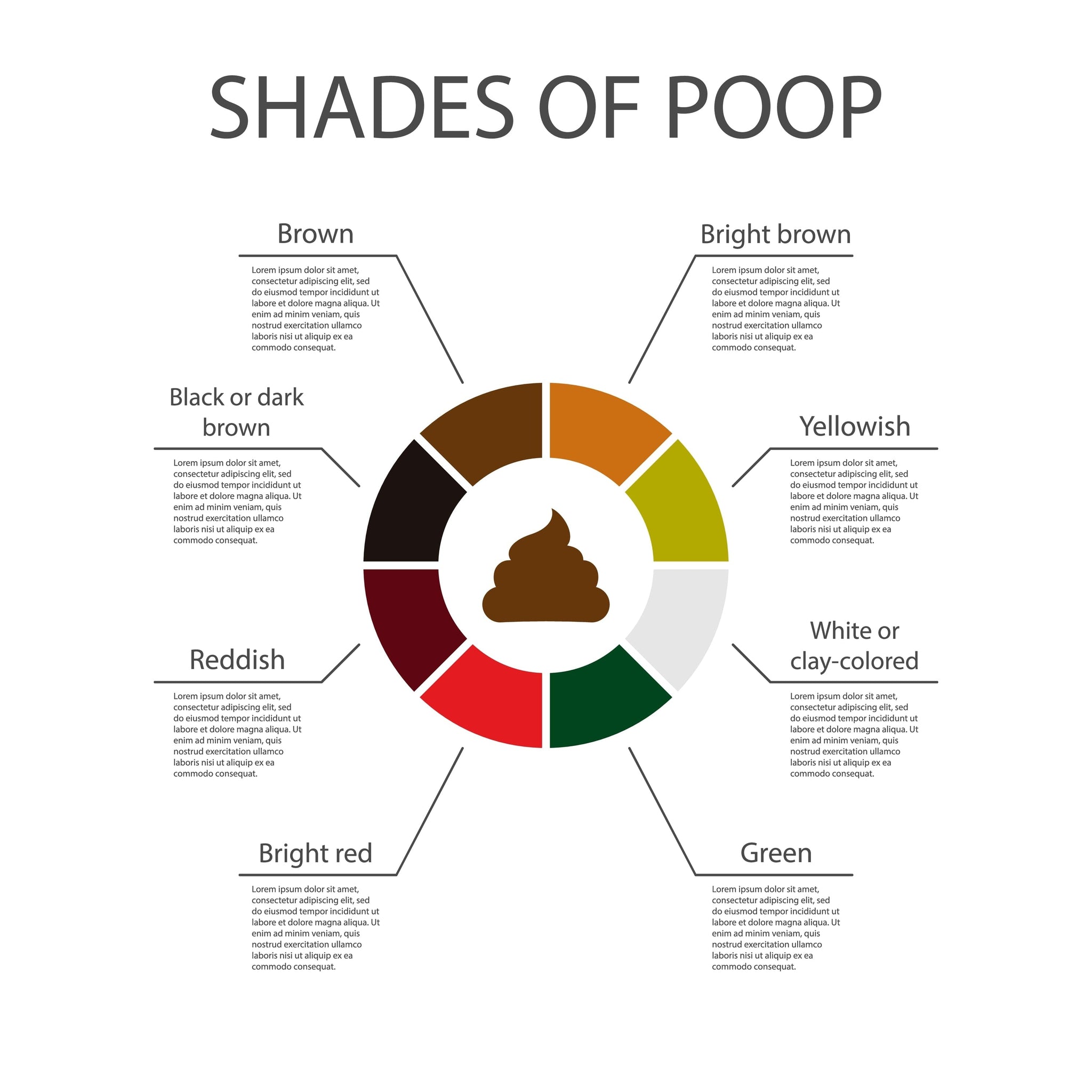
Farrow and Ball eat your heart out... new shades of poo (by "thenappyladyuk)
Farrow and Ball eat your heart out... new shades of poo
Baby poo is very different to adult poo in texture and colour. Baby's poo can be quite shocking to first time parents who haven't experienced baby poo before.
Newborn Baby Poo : Meconium
You should find dark green, sticky, tarry stools in the first few of baby's nappies after birth. This type of baby poo is called Meconium.
Meconium forms when your baby swallows amniotic fluid while in the womb, it accumulates in baby's intestines throughout pregancy and is excreted after birth.
Meconium is not very smelly and so you may not realise immediately that baby's nappy needs to be changed so keep checking baby's nappy regularly.
During the first few days your newborn baby's stool will become less sticky and change colour from dark green poo. The transition in babies poo indicates digestion of breast milk or formula.
How Often To Change A Newborn Baby's Nappy?
Newborn babies should have their nappies changed every 2 - 2-.5 hours for the first few months. This change frequency is the same for night time as well.

Breastfed Baby Poo
Once the meconium has passed if your baby is breastfeeding their poo becomes a mustard yellow, loose, mushy and creamy, with granular or seedy flecks. Some people describe it as mustard coloured cottage cheese.
Sometimes breast fed babies poo has a slight greenish tinge to it. This is perfectly normal too. Sometimes parents can see a difference in their child's poo based on what the mother had to eat.
Because the poo is very soft and runny some people confuse it with diarrhoea.
Breastfeed poo smells much sweeter but not offensive.
Formula-fed Baby Poo
Formula-fed babies have a thicker poo. Formula fed baby poop is often the same colour and texture as peanut butter. These colors may differ between brown-brown or yellow-brown to green-brown.
Formula-fed poo smells like adult poo.
Solid food poo
When your baby is on solids, their poo will change again and become, bigger, thicker and resembles an adult's poo. It smells like adult poo as well.
Occasionally the poo may contain recognizable undigested food pieces. This is perfectly normal. A common example is sweetcorn.

What color poop is concerning for babies?
Colors that cause concerns: White, Red and Black are the primary colors that must concern parents. White poop may suggest an infection or illness. Contact your health visitor or doctor if you have any concerns.
Written for us by the wonderful: @thenappyladyuk







